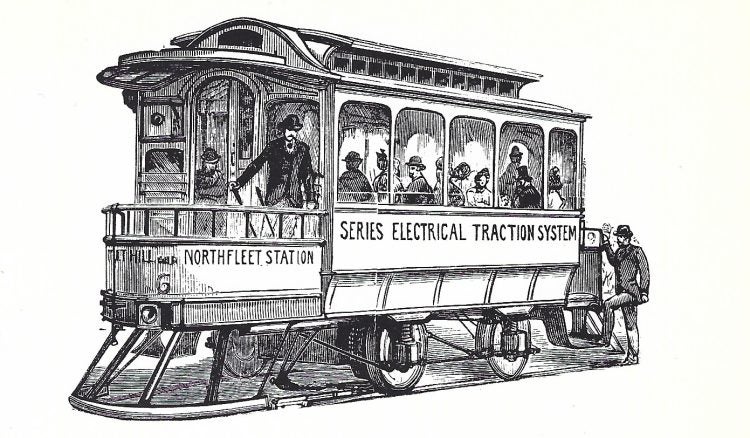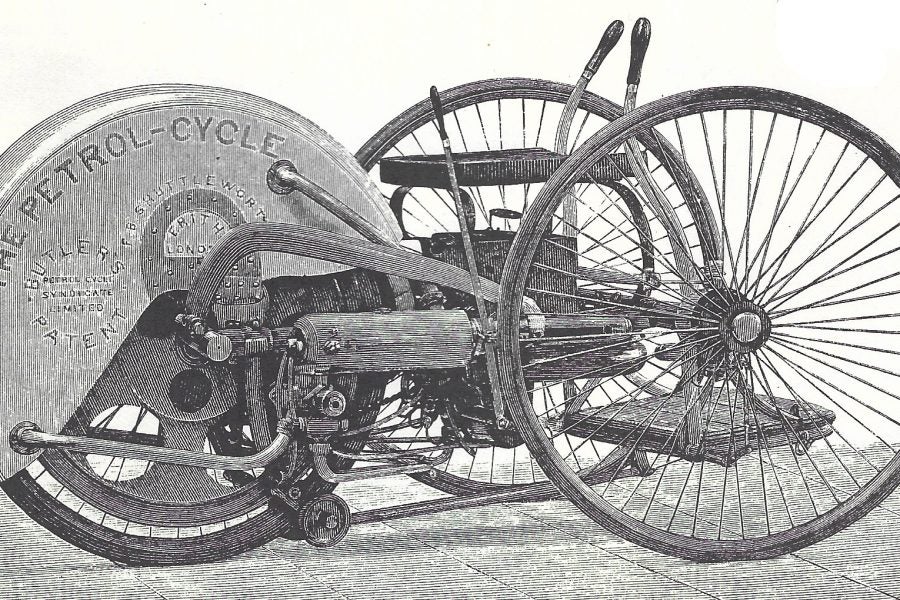Classic, and by extension veteran and vintage and indeed all old bikes are rubbish. I mean, seriously, would you spend an eye-watering amount of money on a hundred-year-old toaster that needed a couple of hours’ fettling before it deigned to produce a slice of browned bread for your breakfast? How is that different from buying a 1908 Harley-Davidson Strap Tank at a Mecums auction for near enough to a million dollars?
My theory: There exists a cabal of classic motorcycle owners who cooperate to keep prices high. Having been suckered into buying their first bike for an inflated amount of money, they are now locked into manipulating the market to maintain and increase prices. They have caught on that this is an effective stratagem and dedicated themselves to promoting ever-increasing “value” for these aged crocks on two wheels in what could be called a variety of cast-iron Ponzi scheme.
Their ranks increase whenever someone new can be convinced that elderly bolted-together combinations of out-of-date engineering can be worth serious money. Mind you, this is a poor man’s game (women being too smart to be sucked in) compared to classic car collecting, where a 1956 Ferrari 290 MM by Scaglietti can fetch US$22,005,000. And that’s only the equal 9th most expensive four-wheeler. The dearest one as I write is a 1955 Mercedes-Benz 300 SLR “Uhlenhaut Coupe” which went for US$143,000,000.

If bikes are worth a million, how much am I bid for a tram?
It is often said that something is worth whatever someone is willing to pay for it, and I think that’s perfectly true. The question is, why? Why would you pay a million perfectly good greenbacks for old iron? If push came to shove you could pay your local engineering shop a lot less to build you a perfect replica of one of these bikes – and by “perfect” I mean one that would start, run and continue to run. It might even stop.
On the subject of stopping, I recently rode an original Z1 Kawasaki back-to-back with a current model Z900 ABS. The 2023 edition of the latter bike costs $9,399 or $10,899 for the SE version in the United States. That’s brand new, full price. A Z1 900 from the first year of production, on the other hand, sold for $55,000 at a Mecum auction this year. Admittedly, it was restored to within an inch of its mechanical life; but are you seriously going to try to tell me that it is as good a machine as the one you can roll out of the shop for 45,600 (and one) bucks less?
The Z900 puts out 125 horsepower and 73.1 pound-feet of torque. It has traction control, power modes, an assist and slipper clutch and dual throttle valves, just to name a few things the New York Steak Z1 doesn’t have, to go with its 82 horsepower and 54.2 pound-feet of torque. Perhaps more importantly, as my ride showed, the Z900 stops when you apply the brakes while the Z1 requires the services of a calendar to gauge the effect of braking. At least a 1973 Z1 is still somewhat rideable in current-day traffic, unlike just about any so-called “classic” like that 1908 Strap Tank with its 2.72 horsepower and top speed of 40mph, figures which would embarrass many current 50cc scooters.
The poor brakes mean that riding an old motorcycle is actually dangerous and would be even more dangerous if it went anywhere near as fast as a modern bike. Luckily it won’t, just as it won’t handle as well or be anywhere near as reliable, comfortable or… well, or anything.
If you can’t ride the two-wheeled piles of cash that glory in the name of classic or veteran or vintage bike with any pleasure, why would you want them? Because they’re beautiful? Really? Take a look at the second-most expensive motorcycle sold at auction, a 1951 Vincent Black Lightning. You would have to pay someone to take it away as scrap if it was a modern bike, but it fetched $929,000 at a Bonhams auction. In the end, the only credible reason to pay a stack of greenbacks for such a motorcycle is so that you can say that nobody else owns it. Mine, mine, mine. Not yours, ya boo sucks. Not, perhaps, the most admirable line of thought available to a decent human being.
I have heard it said that cocaine is nature’s way of telling someone that they have too much money. Perhaps collecting classic motorcycles performs the same function.







